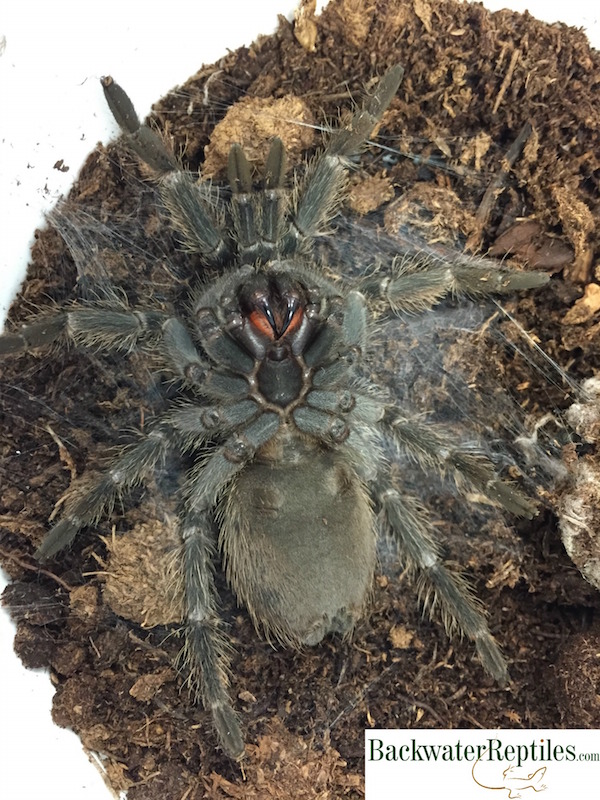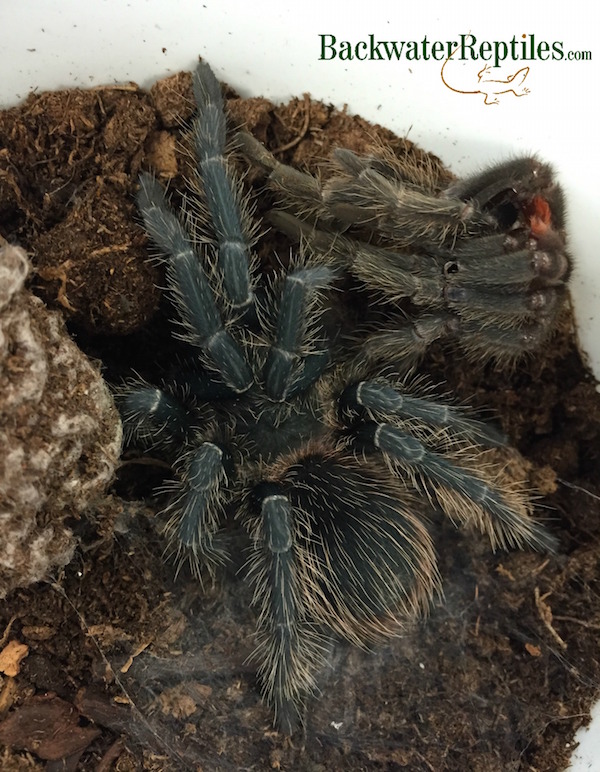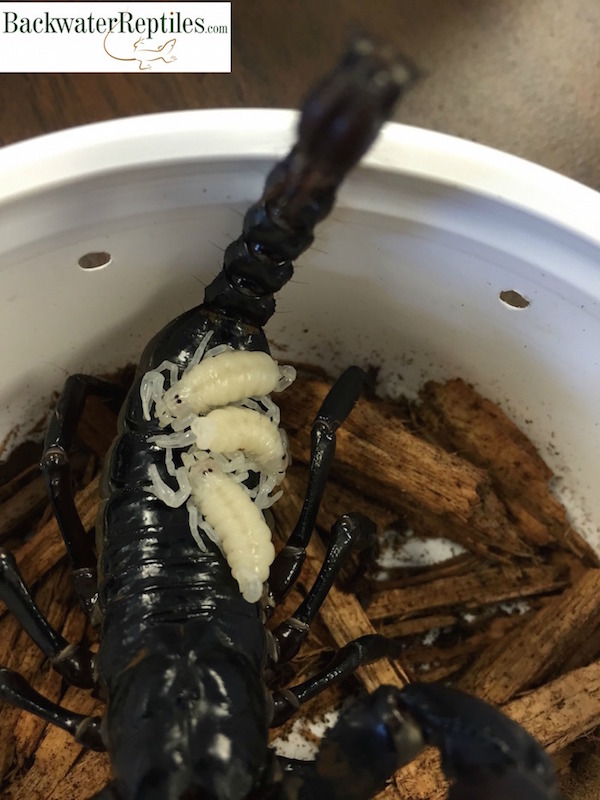Are you wondering how tarantulas molt? Has your tarantula flipped over on its back and you don’t know what to do? Don’t panic – it’s a completely normal indicator that your spider is healthy and growing.
You see, in order to grow, tarantulas must shed their old exoskeletons and the beginning of the process leaves them upside down with their bellies exposed
After flipping onto its back, the tarantula will lie very still for some time. Eventually the arachnid will wriggle its way out of its old exoskeleton, which is a difficult process that can take anywhere from 30 minutes to several hours.
Tarantulas don’t have bones, so their exoskeleton is what supports them and protects their internal organs. One sign that your tarantula is getting ready to molt is you may see a bald spot developing on the top of its abdomen. This is almost always a precursor to a molt.

Tarantula Molting Tips and Notes:
1) The spider will be vulnerable, so try not to move it, poke it, or prod it. Doing so can prove fatal for the molting tarantula.
2) Be patient with your arachnid. The molting process can be short (30 minutes) or longer (up to several hours).
3) Remove any feeder insects in the terrarium, especially crickets. The spider will be defenseless and crickets can be ruthless, believe it or not. They can kill a tarantula that’s in the process of molting.
4) Once the tarantula has crawled out of its old exoskeleton, its body will be soft and sensitive. It should be left alone for around three to four days to allow its new exoskeleton to harden. Avoid feeding your tarantula during this time frame as well.
5) If the tarantula was missing a leg, it will regenerate with the molt. The new limb might not be as hairy or large as the others, but it will look normal again with more molts. It’ll likely be a little thinner than the original.

After the molt, your tarantula will be at its most visually appealing–fresh, flawless, and vibrant. Just look at the picture above, of one of our Brazilian giants right after emerging from its exoskeleton–it’s just perfect.
If you’re quick, you can carefully remove the molted exoskeleton, which will look exactly like your tarantula (some people are confused as it can look like there are suddenly two tarantulas in the enclosure. You can then “pose” the molt and allow it to dry. It will then look just like your pet tarantula, and can make an excellent display piece.
We hope our article has been helpful in answering the question, “How do tarantulas molt?” Hopefully you understand the process and are now better prepared to care for your pet tarantula.
Backwater Reptiles has many tarantulas for sale, so you can buy a Giant Salmon tarantulas (like the one in the photos) directly from our website and have it delivered right to your residence. You can also read more about tarantula care to help prepare yourself.


